Further innovations
For decades, wooden roller coasters had tried to keep up with steel, outgrowing their own ambitions in a doomed race to remain headliners aside their increasingly-varied steel siblings and the pressurized context of the Coaster Wars.
At least in that moment, it must’ve seemed that Intamin had cracked the code for translating wooden roller coasters to the 21st century. “If only Kings Island had waited another years or two,” discussion boards read, “then Son of Beast could’ve been pre-fabricated, and might be the world’s best wooden coaster.” It seemed possible! Now precision-built just like their steel siblings, perhaps a new generation of wooden rides would spread across the industry!
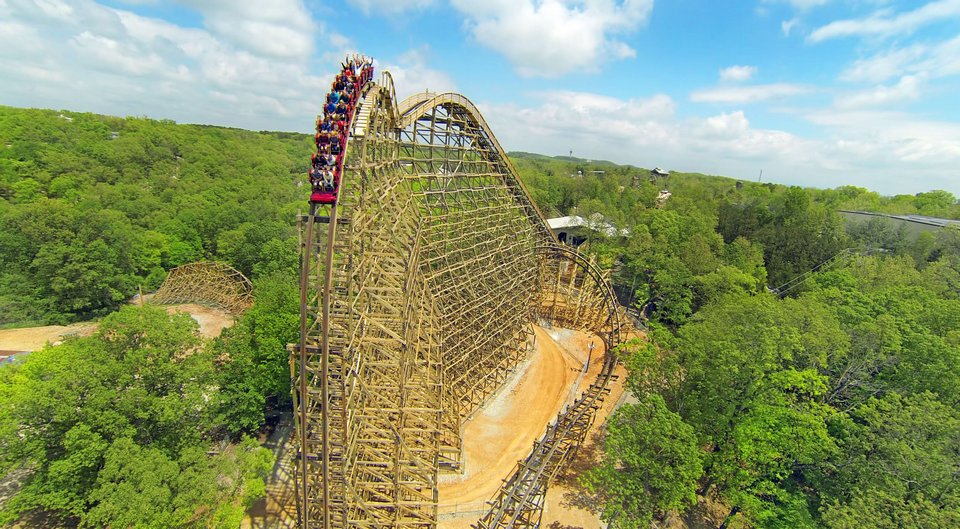
But… they didn’t. El Toro’s 2006 opening made it the third of an eventual four Intamin pre-fabricated wooden roller coasters (joining Colossos at Heide Park in Germany, Balder at Sweden’s Liseberg, and eventually, T Express at Korea’s Everland).
Part of the reason is probably the extravagant cost of the Intamin pre-fabricated model. We’re lucky that in the midst of the “Coaster Wars,” parks bragged about rides’ budgets instead of downplaying them. That’s how we know, you’ll remember, that El Toro came in at a whopping $28 million – $3 million more than Kingda Ka had cost the year prior. That made pre-fabricated wooden roller coasters easily among the most luxurious purchases in the already-supercharged market of the era. For $3 – 5 million less, a park could get an Intamin giga (like 2010’s Intimidator 305, coming in at “just” $25 million.)
Of course, the other major reason is that, as the Coaster Wars cooled, the race to build ultra-extreme coasters of any type slowed significantly. For “woodies,” the depressurized market saw a fork in the road, with two likely paths forward.
Great Coasters International
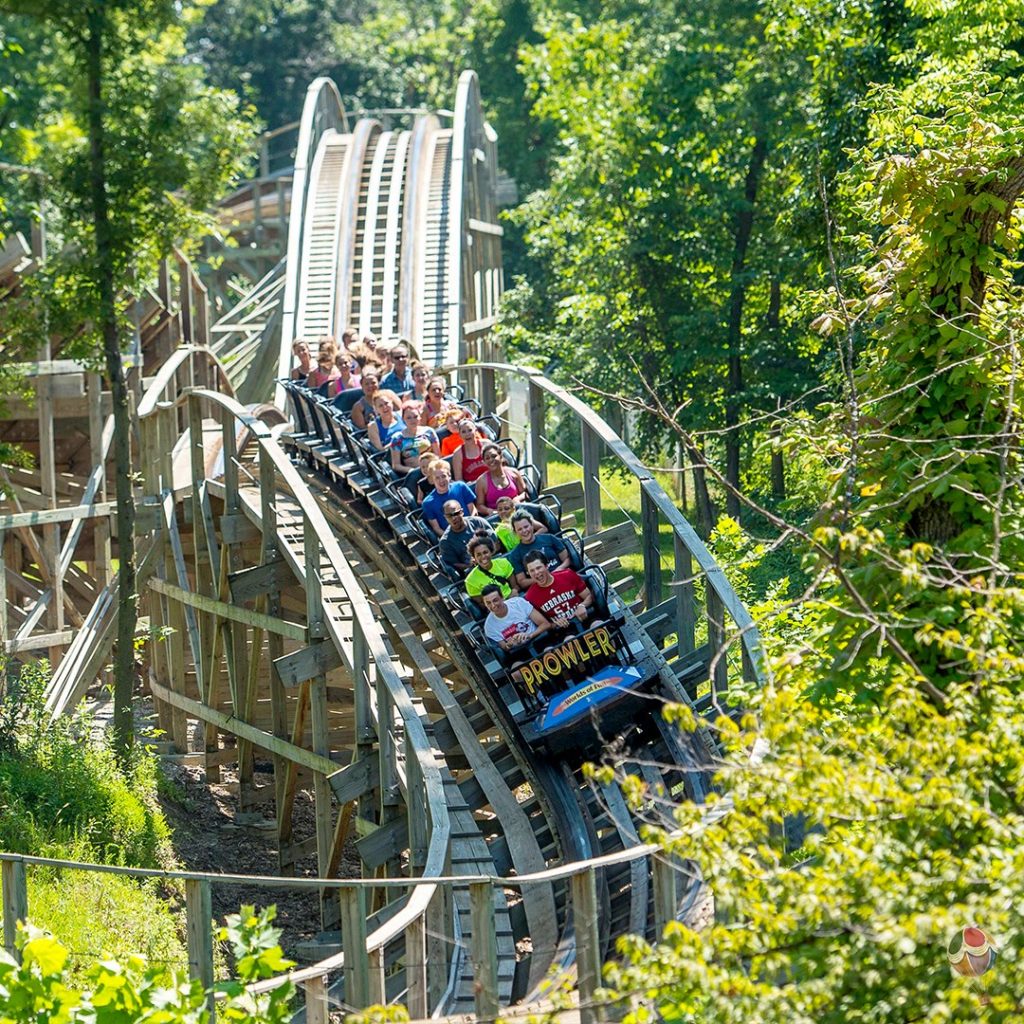
The first is arguably the path represented by Pennsylvania-based Great Coasters International, or GCI. Though GCI was responsible for some of those “overgrown” wooden coasters of the ’90s, they arguably found their niche as the Coaster Wars cooled, around 2010. GCIs of the last decade are among the most excellent, well-aged, and personality-filled installations this century, sliding beautifully into parks’ lineups, and into what we call the “New Coaster Wars” (when personality and park-fit matter more than world records.)
Rides like Prowler (Worlds of Fun), Gold Striker (California’s Great America), Invadr (Busch Gardens Williamsburg), Wicker Man (Alton Towers), Texas Stingray (SeaWorld San Antonio), and Mystic Timbers (Kings Island) beautifully embody GCI’s modern lineup: delightful, dipping, laughter-inducing, terrain-following, lateral-packed rides that embrace what’s great about wooden coasters, and pack it all into hundred-ish foot installations that embrace their family-friendliness rather than reaching for extremes.
Not groundbreaking, much less record-breaking… but solid, stable, perfectly-sized installations to fit into parks’ ride collections.
Rocky Mountain Construction
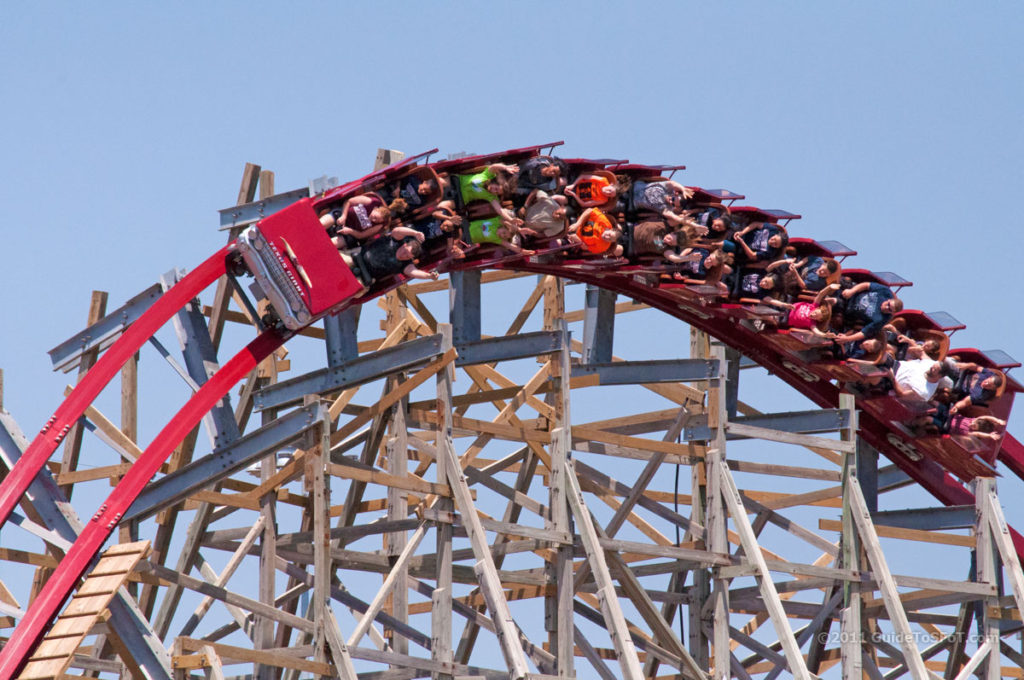
The other path for “woodies,” of course, comes via Rocky Mountain Construction, or RMC. For RMC, it all started with one of those big, overgrown, unpopular, “jackhammering” liabilities leftover from the ’90s: the 143-foot-tall Texas Giant at Six Flags Over Texas. For $10 million – far, far less than even the most modest new coaster might’ve cost – RMC was brought in to experiment with a brand new concept…
In a then-novel process, RMC essentially re-used and built upon the existing Texas Giant wooden support structure, but affixed to it their patented, blazing red “I-Box” steel track, arranged in a new, reborn layout.
Sleek, serpentine, extreme, and extraordinary, there’s no question at all that RMC’s I-Box track makes the resulting ride – 2011’s New Texas Giant – steel and not wood. But frankly, it was the biggest thing to happen to wooden coasters since Intamin’s pre-fabricated structure debuted a decade before. And more to the point, RMC’s revelatory process meant that suddenly, those big, overgrown, unpopular “jackhammering,” wooden coasters of the ’90s weren’t liabilities anymore; they were opportunities.
Year after year, more and more of those aggressive, over-grown ’90s woodies we listed a page ago (Rattler; Hurler; Psyclone; Roar; Wildcat; Mean Streak) are “RMC’ed,” each emerging from its wood-to-steel metamorphosis as an award-winning, park-anchoring, best-in-class headliner (Iron Rattler; Twisted Timbers; Twisted Psyclone; Joker; Wildcat’s Revenge; Steel Vengeance… RMC has also used wooden structure and steel I-Box track to create from-scratch rides, no “leftovers” needed.)
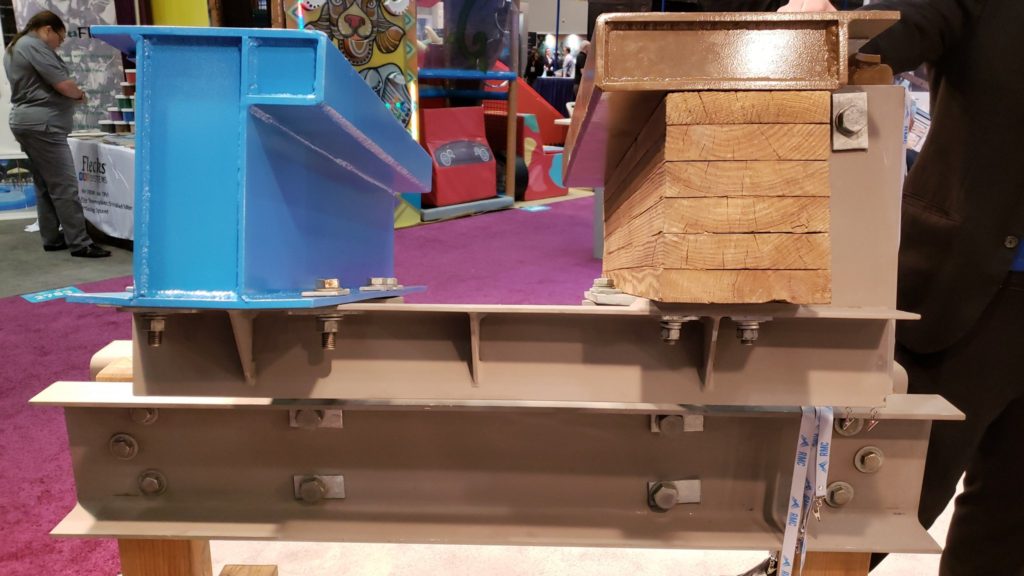
In addition to their steel I-Box track, RMC also offers a track system called Topper Track. Essentially, Topper Track works off the same principle as any wooden coaster track – layers of stacked, laminated wood. However, Topper Track replaces the top two layers of lumber with a thicker steel “box” – a modern reinterpretation of the metal strip that a wooden coaster’s wheels run along. After much initial consternation, fans have landed on a fairly unanimous agreement that rides with Topper Track (left, above) count unambiguously as wooden coasters…
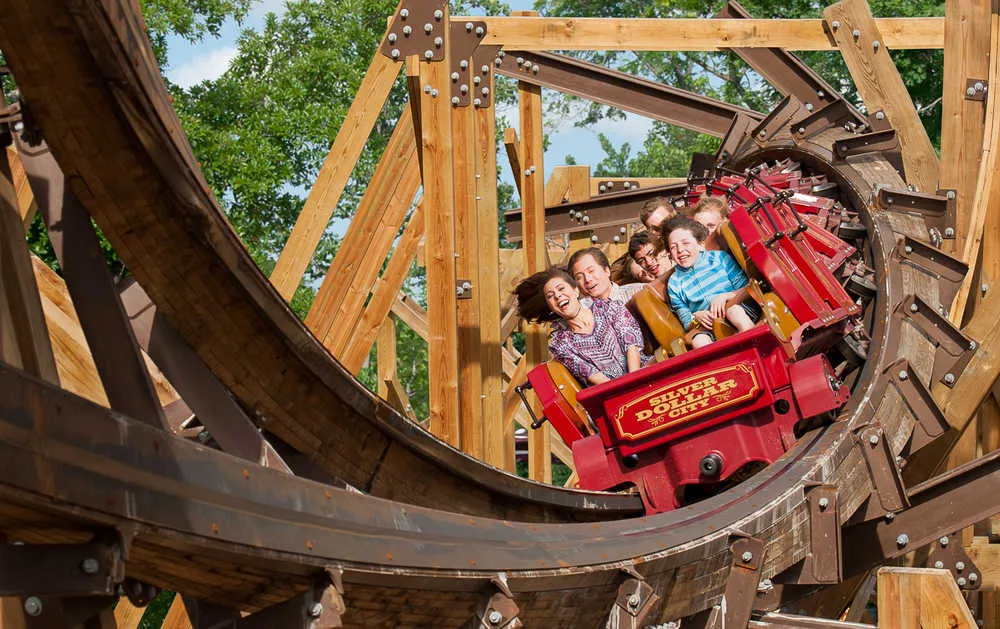
…Which is exactly what makes RMC’s wooden coasters so extraordinary. To date, Topper Track has been used on four from-scratch builds. The first – 2013’s Outlaw Run at Silver Dollar City – includes an 81° drop and three inversions – the first inversions on a wooden roller coaster since Son of Beast’s wood-tracked loop in 2000. Three years later, Dollywood’s Lightning Rod opened as the world’s first launched wooden roller coaster, made possible by Topper Track. (It has since converted a little over half of its track to I-Box, making the ride a true wood/steel hybrid.)
The point is that whether via steel I-Box track conversion or wood Topper Track construction, RMC offered a significant path forward for the more extreme evolutionary line of the wooden coaster versus GCI’s more classic variation.

Once upon a time, the HD-DVD and Blu-Ray co-existed, each vying to become the format of the future. And like Blu-Ray’s eventual emergence as a clear winner, it’s obvious in retrospect that RMC offered too great a solution for wooden roller coasters (be it conversion or evolution) for Intamin’s more expensive, pre-fabricated track to beat. The future of wooden coasters lay not in pre-fabricated structures, but in the delightful odes to yesteryear by GCI and the malleable, adaptable new track technologies & bold new elements pioneered by RMC.
And more to the point, RMC debuted just as Intamin’s pre-fabricated creations started to fall apart…
Pre-fab falters
As coaster enthusiasts know all too well, Intamin is no stranger to engineering issues. After the breakneck pace of the Coaster Wars (and Intamin’s infamous push for innovation and technological integration), issues arose across the manufacturer’s portfolio.
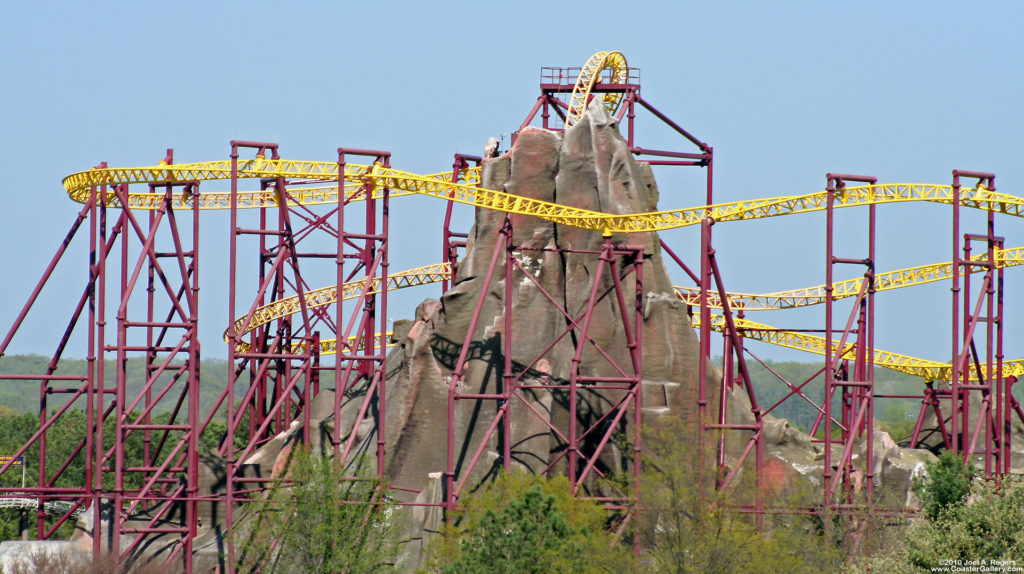
Suffice it to say that after significant operational and engineering issues, Intamin has gotten next to no business from Cedar Fair or Six Flags post-Coaster Wars . From frazzled control systems to frayed launch & lift cables; unpredicted forces to complete reprofiling and rebuilding of entire track sections, Intamin’s boundary-pushing rides have often become significant albatrosses for the parks that bet big on them. And unfortunately, that includes El Toro…
The first of Intamin’s pre-fabricated wooden roller coasters – Colossos – opened at Germany’s Heide Park in 2001. Fifteen years later, in 2016, the ride was very suddenly shuttered. Inspections from Germany’s engineering oversight body, TÜV, reportedly found “significant problems” with the coaster’s track, deeming it structurally unsound and inoperable. A year into the landmark ride standing-but-not-operating, Heide Park published estimates that the ride would cost at least €10 million to repair – a jaw-dropping sum for a 15 year old ride.
It wasn’t until 2018 that they made the decision to proceed. For a total of €12 million, Intamin reportedly replaced all 4,409 feet of track. The coaster relaunched in 2019 as Colossos: Kampf der Giganten, adding a new story and special effects. At least the three years of closure positioned the ride’s revival as a major offering in its own right.
Unfortunately, that was just a hint of what was to befall El Toro.
On June 29, 2021, one of El Toro’s trains partially derailed when the rear car’s up-stop wheels – yes, that John Miller invention from 102 years earlier – moved out of place and up onto the track. All riders were safely evacuated, but an investigation by Intamin on the cause of the derailment was not made public. Instead, Six Flags and Intamin agreed that the findings were “proprietary.” El Toro remained closed for the rest of 2021.
The ride re-opened with the park for the 2022 season in April, but on August 25, 2022, another substantial malfunction occurred near the ride’s end. Insiders suggest that El Toro suffered from the same kind of incident as that was alleged to have occurred on Son of Beast in 2006, when a snapped or weakened support beam allegedly caused a section of track to sag, creating a violent jolt for riders.
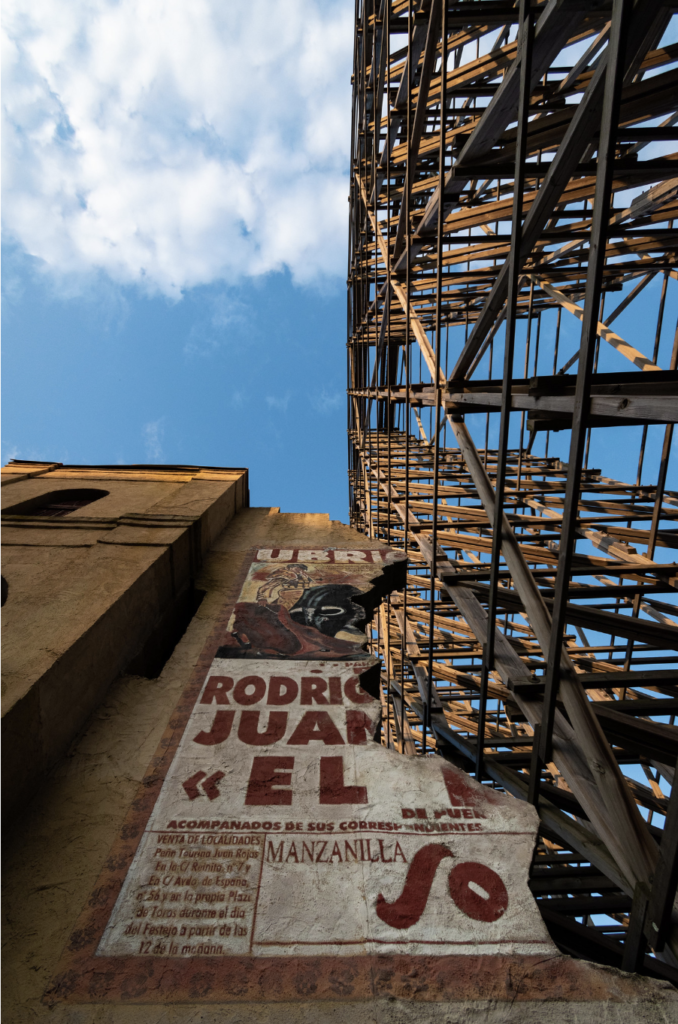
Fourteen riders were injured, with five severe enough to be taken to the hospital for further evaluation and treatment. A woman who said she was on the roller coaster at the time posted about the experience on the Great Adventure Connoisseurs Facebook group. “It felt like it hit a pothole,” she said. “A lot of people said they bit their tongue. A few said their backs were hurting and a couple of people said they couldn’t breathe for a bit. I thought I might have cracked a tooth.”
Five days after the incident, Six Flags reported that its internal investigation suggested that the ride’s safety systems were working properly and that as soon as El Toro was repaired, it would reopen. Unfortunately, they spoke too soon.
An anonymous ride operator spoke to New York’s CBS station with damning allegations regarding the alleged structural failure. “El Toro was riding very, very rough since the beginning of the day,” they said. “From what I know, maintenance has known about it and they have tried fixing it. But for how it is, it just keeps happening. The employees keep telling them that there is an issue with the pothole and maintenance has done nothing about it.”
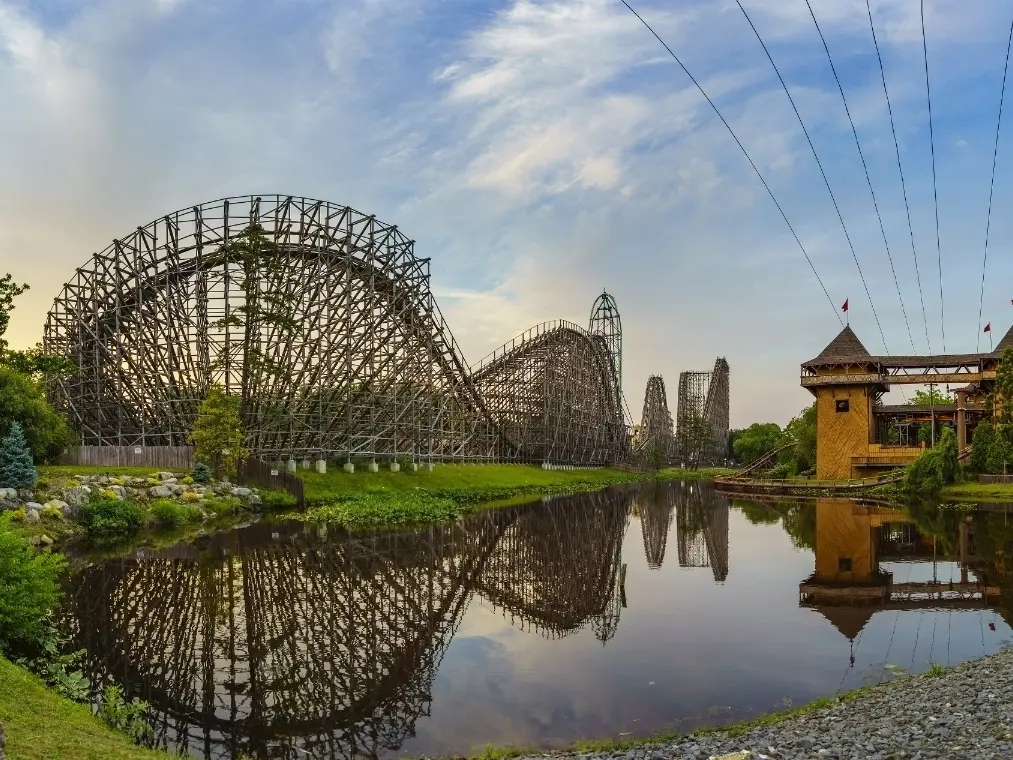
In September 2022, New Jersey’s Department of Community Affairs conducted its state inspection on the ride, declaring El Toro was “structurally compromised,” effectively closing it indefinitely. For a second year in a row, the 16-year old ride was shuttered. Given the €12 million investment needed to re-open Colossos at its 15-year mark, fans couldn’t help but wonder aloud if El Toro had fought its last fight. Or more to the point, if Intamin’s next-generation woodie might be a candidate to be RMC’ed itself.
“El Toro is one of our signature attractions, and we are working diligently toward reopening the ride this summer following testing and a full safety inspection by both internal and external experts,” the park’s spokesperson said in March 2023. And to Six Flags’ credit, it did. El Toro returned to operation nearly a year after its incident, on June 17 2023. But even the most optimistic coaster enthusiasts have to wonder…
The running of the bull

How much fight does El Toro really have left? At this rate, should we really expect El Toro and its pre-fab sisters to survive a until the 2050s – with all the longevity of the still-legendary classics of the ’70s – much less living a century and beyond like their shared ancestors from the ’20s?
If Intamin’s pre-fabricated woodie was ever the solution fans believed – a surefire way to finally propel wooden coasters past the genre’s inherent upper limits – then surely we can agree it was a temporary one. It turns out that despite feeling like steel at their best, these rides surely need cared for like the wooden coasters they are. And for $28 million+ with a 50% rate of significant issues across the model, is it any wonder that GCI and RMC have moved in, keeping Intamin’s pre-fab woodie count at just four?
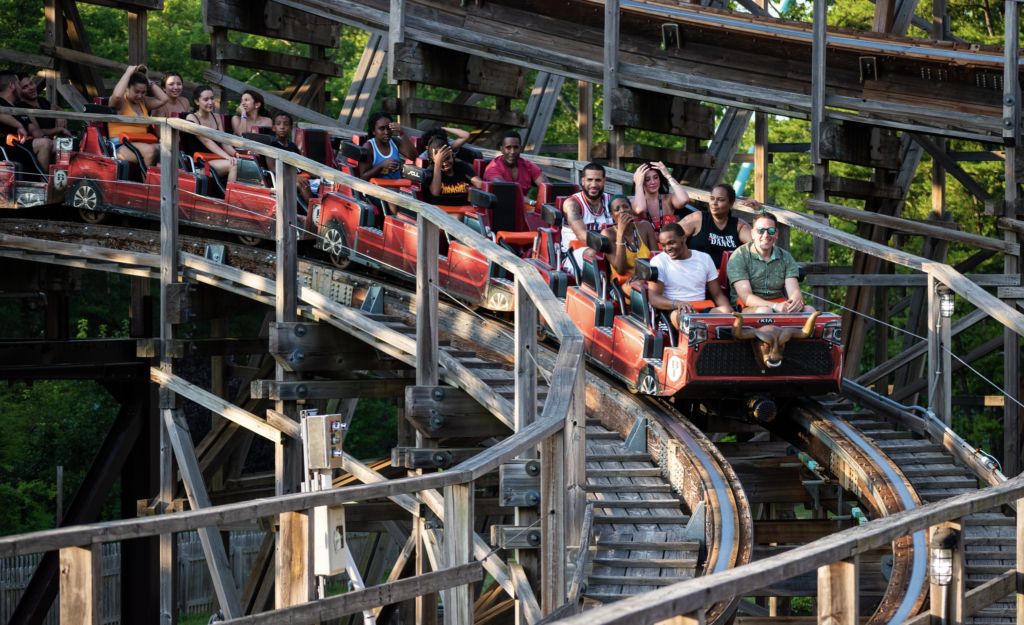
In any case, El Toro is a force to be reckoned with. One of a kind in the U.S., it provides an experience and sensation most riders – even seasoned coaster enthusiasts – have simply never felt before. It’s powerful and furious, but graceful and sleek. Iconic and formidable, it’s a Bucket List landmark; one of a small group of coasters that can be recognized by silhouette alone. So while the deck may seem stacked against this very strange woodie, if any coaster has the fight to survive, we wouldn’t write off El Toro being the one…


